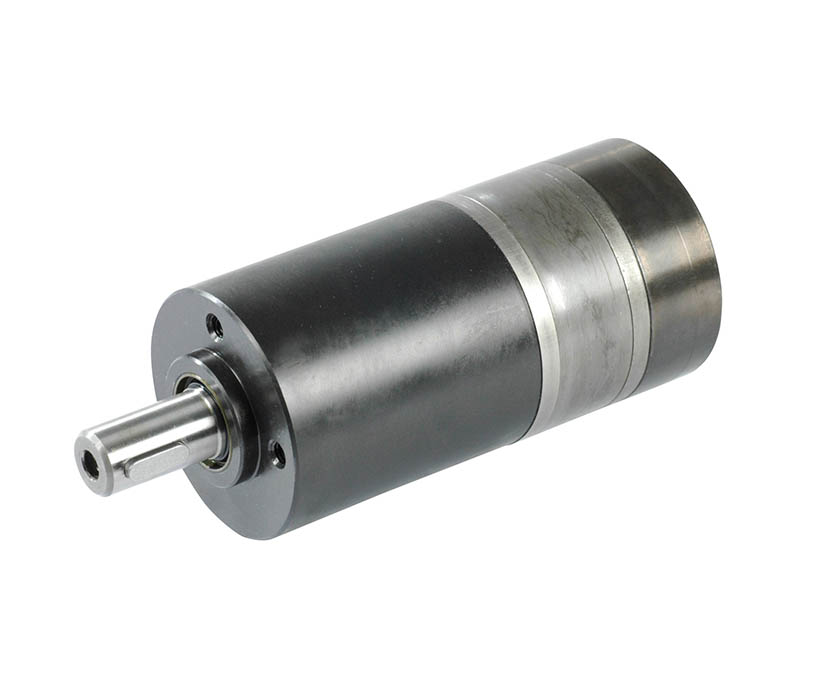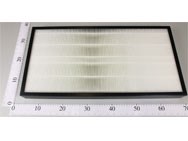Blog
Introduction to Fluid Power: Understanding the Basics
Fluid power is an engineering discipline that deals with the generation, control, and transmission of power using fluids, particularly liquids and gases. It has a wide range of applications across various industries, from heavy machinery and construction to aviation and robotics. In this article, we’ll take a closer look at the basics of fluid power and why it is an essential technology for modern engineering.
What is Fluid Power?
Fluid power is a technology that uses fluids to generate and transmit power. The most common types of fluids used in fluid power systems are liquids (hydraulics) and gases (pneumatics). In hydraulic systems, the fluid used is typically oil, whereas in pneumatic systems, the fluid is air or other gases. Fluid power systems are commonly used in applications that require high power density, precise control, and durability, such as heavy machinery, construction equipment, and vehicles.
Advantages of Fluid Power Systems
There are several advantages of using fluid power systems over other types of power transmission, such as electrical or mechanical systems. One of the main advantages of fluid power is that it can generate more force with less power input compared to electrical systems. This is because fluids are virtually incompressible, which means that they can transmit force with minimal energy loss. Another advantage of fluid power systems is their ability to operate in high-temperature environments and withstand high levels of shock and vibration, making them ideal for use in rugged industrial environments.
Fluid Power Principles
Fluid power systems are based on several fundamental principles of fluid mechanics, including Pascal’s law, Bernoulli’s equation, and the continuity equation. Pascal’s law states that pressure applied to a confined fluid is transmitted uniformly in all directions. Bernoulli’s equation describes the relationship between pressure, velocity, and potential energy in a fluid flow. The continuity equation states that the mass flow rate of a fluid must remain constant along a continuous flow path.
Fluid Power Components
Fluid power systems are made up of several components, including pumps and motors, valves, cylinders and actuators, and accumulators. Pumps and motors are used to create fluid flow and generate power. Valves are used to control fluid flow and pressure. Cylinders and actuators are used to convert fluid pressure into mechanical force. Accumulators are used to store energy in fluid power systems and provide an additional source of power when needed.
Fluid Power Applications
Fluid power systems have a wide range of applications across various industries, from heavy machinery and construction to aviation and robotics. Some common applications of fluid power systems include:
- Excavators, cranes, and other heavy machinery
- Braking systems in vehicles, such as cars, trains, and airplanes
- Manufacturing equipment, such as presses and injection molding machines
- Aerospace and aviation systems, such as landing gear and flight controls
- Robotics and automation systems, such as assembly lines and material handling systems
Conclusion
Fluid power is a fundamental technology in modern engineering, providing high power density, precise control, and durability in a wide range of applications. By understanding the principles of fluid power and its components, engineers can design and implement fluid power systems that meet the needs of various industries and applications. As technology continues to evolve, fluid power will remain a vital part of engineering, driving innovation and progress in various fields.



